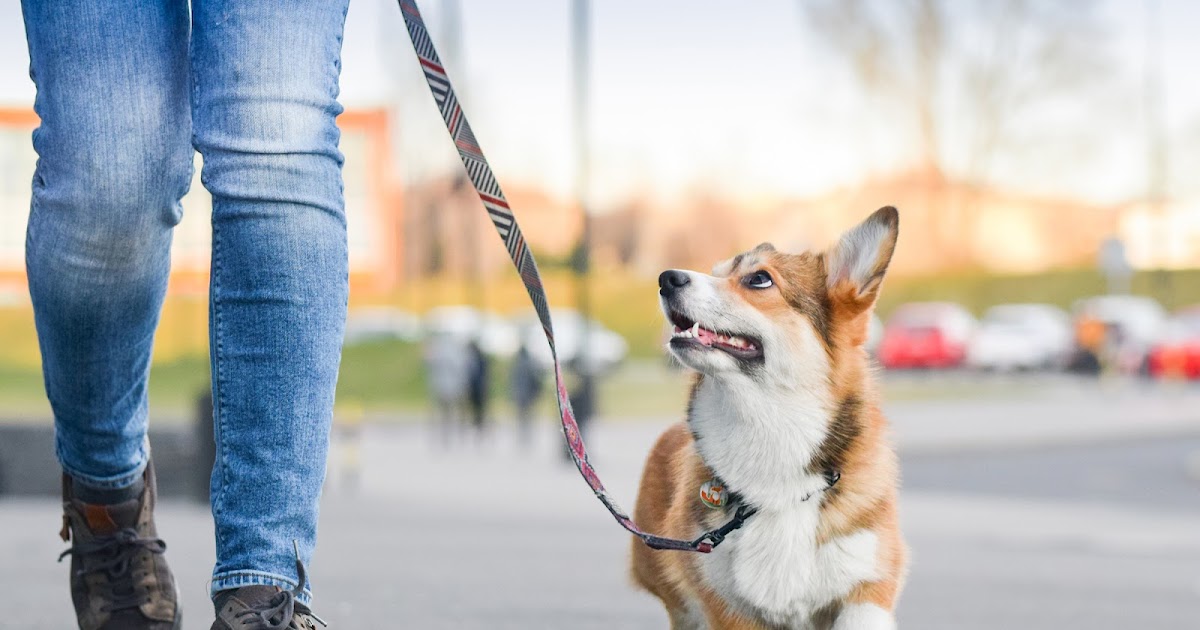[ad_1]
There are new guidelines for advertisers and any organization that uses images of dogs in public communications. Here’s the infographic that explains them.
 |
| The Welsh Corgi is one of the breeds that often has an extreme conformation, meaning care should be taken if choosing this breed to use in advertising, according to the new guidelines. Photo: Jus_Ol/Shutterstock |
By Zazie Todd, PhD
The International Collaborative on Extreme Conformation in Dogs (ICECDogs) has put forward new guidelines which suggest never using any images of dogs with an extreme conformation (i.e., body shape) in advertising or other public communications. The concern is that the widespread use of such images only normalizes the extreme body shape, when that body shape actually causes suffering for dogs.
I wrote a post about these new guidelines at my Psych Today blog Fellow Creatures. You can read it here: Only use images of healthy dogs in adverts, say experts.
ICECDogs have also put together an infographic about their guidelines. I thought you might like to see it, so you’ll find it below. You’ll find a summary of the text on the infographic below too, as the text is too long to fit in the ‘alt’ image box.
Dr. Dan O’Neill of the Royal Veterinary College is one of the co-founders of ICECDogs. Kristi Benson and I spoke to Dr. O’Neill, and his colleague Dr. Rowena Packer, for a recent episode of The Pawsitive Post in Conversation. If you’d like to know more about this issue, you’ll find that episode is a good explainer, and you can listen, watch, or read it in flat-faced dogs and cats with Dr. Dan O’Neill and Dr. Rowena Packer.

The infographic is titled International Advertising Guidelines: Avoid Inappropriate Use of Imagery of Dogs with Extreme Conformation.
The text on the infographic reads:
“The ‘International Collaborative on Extreme Conformation in Dogs’ (ICECDogs) is an international multi-stakeholder group committed to promoting welfare-focused breeding and ownership of dogs that avoids extreme conformation.
“Images of dogs with extreme conformation are often selected for promotional materials to elicit “cute”, “adorable” or even shock reactions. However, sharing such images is recognized to drive up demand for dogs with innately unhealthy body shapes and therefore harms animals.
“Decreasing habitual public exposure to imagery of dogs with extreme conformations is critical to prevent further normalization of innately unhealthy body shapes in dogs. Anyone sharing imagery of dogs must consider their ethical responsibilities as influencers in shaping public perceptions.
“ICECDogs defines extreme conformation in dogs as: A physical appearance that has been so significantly altered by humankind away from the ancestral natural canine appearance that affected dogs commonly suffer from poor health and welfare, with negative impacts on their quality and quantity of life.
“Anyone publishing images of dogs should…
1. Avoid using images of dogs with extreme conformation
2. Use the list of extreme conformations provided below to identify which body shapes to avoid sharing
3. Share and explain ICECDogs advertising guidelines widely with partners and stakeholders.
“Examples of extreme conformations in dogs to avoid (in the infographic, this is accompanied by photos):
• Flat-face (brachycephaly
• Bulging or domed skull
• Eyelids turned in or out
• Facial or body skin folds
• Shortened twisted legs (chondrodysplasia)
• Disproportionately broad head and shoulders
• Large and protruding eyes
• Tailessness at birth
• Overshot or undershot jaw
“Examples of breeds that commonly show extreme conformation:
• Bassett Hound
• Boston Terrier
• Dachshund
• English Bulldog
• French Bulldog
• German Shepherd Dog
• Neapolitan Mastiff
• Pekingese
• Pug
• Shar Pei
• Welsh Corgi
“If uncertain about whether an image depicts a dog with an extreme conformation, publishers are encouraged to refrain from using the image. Given the abundance of readily available images featuring a variety of pure breeds and mixed breeds of dogs without extreme conformation, it is safer to find alternatives that show natural dogs without extreme conformation to help promote positive welfare in dogs.”
Here at Companion Animal Psychology, I do my best to choose images of dogs looking both healthy and happy where possible. However, I know that in the past I have sometimes used images that don’t meet these new guidelines. There are also cases where I have used images of breeds with extreme conformations when writing about that topic—something that is acceptable under these new guidelines.
Stock photography has its limitations, and sometimes when looking for something very specific there are limited choices. However, most of the time there are many, many photos of different kinds of dog that would fit a particular need, and it should be easy for advertisers, social media companies, and other organizations to find suitable photos that meet these guidelines.
It’s worth noting that the guidelines are calling out extreme conformation, not specific breeds. So there may be times when dogs of the breeds mentioned in the infographic don’t actually have an extreme conformation, and in those cases the use of their image would be within the guidelines. The hope with these guidelines is that over time, more and more dogs of these breeds will fall into that category of not having an extreme body shape–and that eventually the guidelines will no longer be needed.
What do you think of the new guidelines? Would you like advertisers and other publishers to follow them?
[ad_2]
